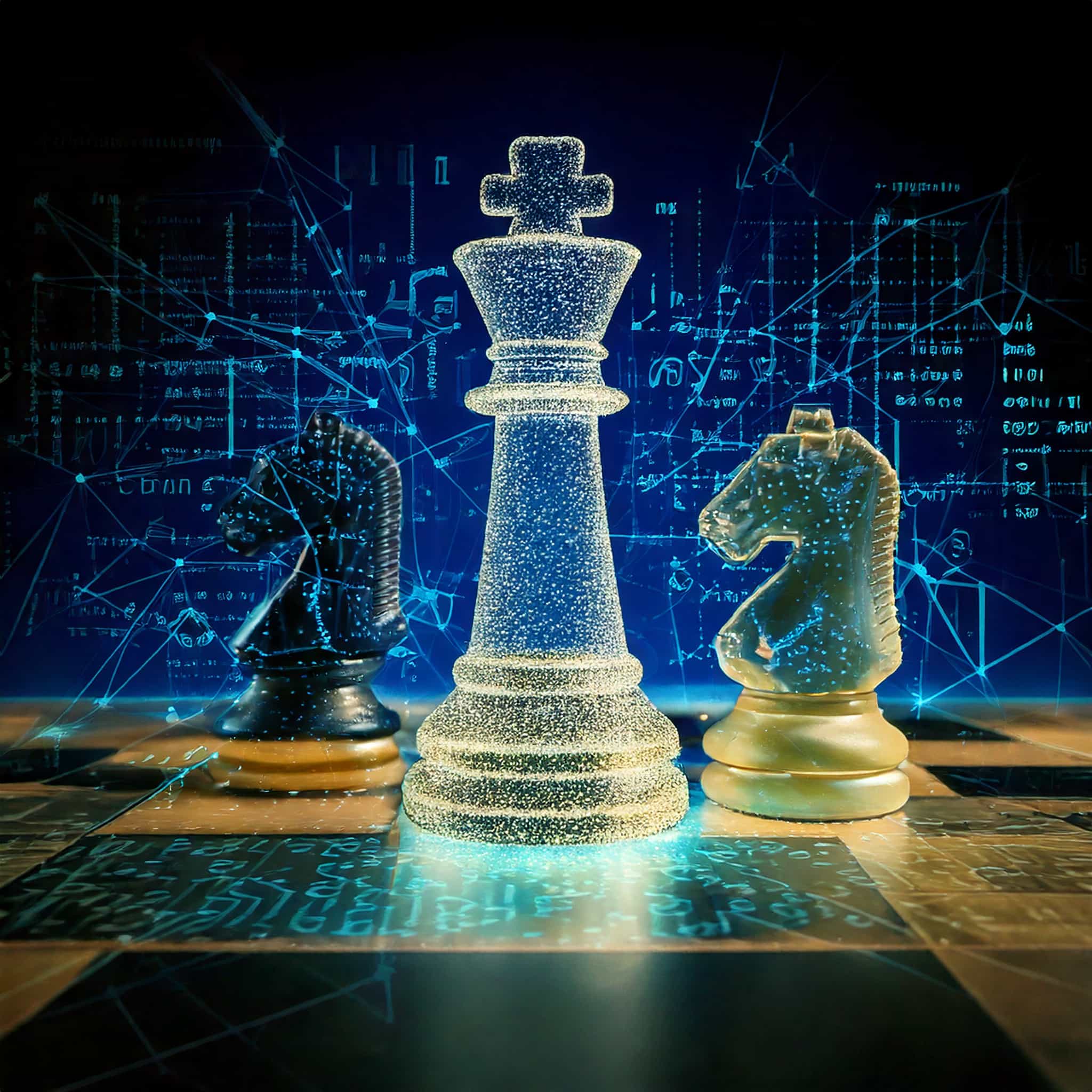Chess and Science: Exploring the Connection Between Game and Scientific Disciplines
April 5, 2025
Chess is more than just a game – it’s an intellectual challenge and a fascinating field of scientific research. Over the centuries, chess has intrigued thinkers and inspired scientists across different disciplines to examine how people think, make decisions, and develop strategies. In this article, we explore how chess and science work together, creating fertile ground for understanding human cognition, game theory, artificial intelligence, and more.

Chess and Science
1. Cognitive Science and Psychology: Understanding Thought Processes
Cognitive scientists and psychologists use chess as a framework for studying attention, memory, and strategy. Chess requires players to think several moves ahead, considering the potential actions of the opponent and their own responses. This involves complex mental processes such as visualization, anticipation, and decision-making under pressure – key aspects of human cognition.
For example, research shows that experienced chess players use various mental techniques to recognize patterns and evaluate board positions. They often “scan” the board as a whole, quickly identifying threats and opportunities, while beginners analyze piece by piece, more slowly and with less confidence. These findings help researchers better understand how people adapt to complex situations and develop effective strategies.
2. Game Theory and Mathematics: Chess as a Model of Strategic Thinking
Chess is an ideal model for research in game theory, the branch of mathematics focused on making optimal decisions in conflicts. As a game with perfect information, where all moves and rules are known, chess gives scientists a chance to analyze strategies and optimal approaches. Chess is a classic example of a deterministic game, where outcomes depend solely on players’ strategies rather than on chance.
Mathematicians use chess to study “move spaces” – the potential scenarios that can unfold during a game. Each move opens new possibilities for the next, creating a complex “tree” of options. Research in this area helps scientists develop theoretical frameworks for decision-making in high-risk and conflict situations.
3. Artificial Intelligence: How Chess Advanced AI Development
Chess has a long history in artificial intelligence (AI). When IBM’s Deep Blue defeated world champion Garry Kasparov in 1997, it marked a milestone in AI development. This achievement demonstrated how computers could analyze vast amounts of information and make optimal decisions in complex games.
Today’s chess engines, such as Stockfish and AlphaZero, use sophisticated algorithms, including neural networks, to evaluate positions and decide on the best moves. AlphaZero, for example, employs deep learning, where the program learns by playing millions of games against itself, refining its strategy and tactics. These advancements in AI chess engines enable computer systems to think and learn in ways that mimic human cognition.
4. Neuroscience: Chess and Brain Structure
Chess is valuable to neuroscience research because it allows scientists to study how the brain responds to complex tasks and develops specific abilities. Studies use MRI scanners to track brain activity in chess players of various experience levels. Results show that the brains of chess players differ significantly from those of beginners: certain brain regions are more active in chess players, particularly those linked to visual-spatial processing and long-term memory.
This research offers insights into neuroplasticity, the brain’s ability to change and adapt to new tasks, which has implications for other areas such as language learning, creativity, and mathematical skills.
5. Statistics and Data Analytics: Enhancing Performance
Given the vast number of chess games played, chess offers a wealth of data for analysts and statisticians. By analyzing moves, patterns, and players’ mistakes, researchers can identify tendencies and trends in the game, helping players improve their performance.
These analyses not only help in understanding the strategies of the world’s top players, but also assist young players in developing more effective approaches to training. Analytical data is also used to evaluate the value of specific moves, strategies, and tactics, giving players insights into optimal approaches for different phases of the game.
6. Pedagogy and Education: Chess as a Learning Tool
Chess is not only an entertainment but also a learning tool that helps develop key skills. In schools around the world, chess is used to encourage critical thinking, problem-solving, patience, and emotional resilience. Studies show that children who play chess demonstrate improvement in math and logic tasks, as well as in decision-making skills.
Chess in education can also build emotional resilience – children learn how to handle losses, develop perseverance, and build self-discipline. These are all skills that apply to various aspects of life, making chess a valuable tool for personal growth.
Chess – A Fusion of Game, Art, and Science
Chess is a remarkable blend of logic, intuition, and intellectual challenge. As a universal language of understanding, it connects people worldwide and serves as a bridge between scientific disciplines. Chess is not just a game; it’s a field of study that allows us to explore the limits of human intelligence, computing power, and the principles governing complex systems.
Chess will continue to inspire scientists, researchers, and players, deepening our understanding of human intellect, creativity, and adaptability.
